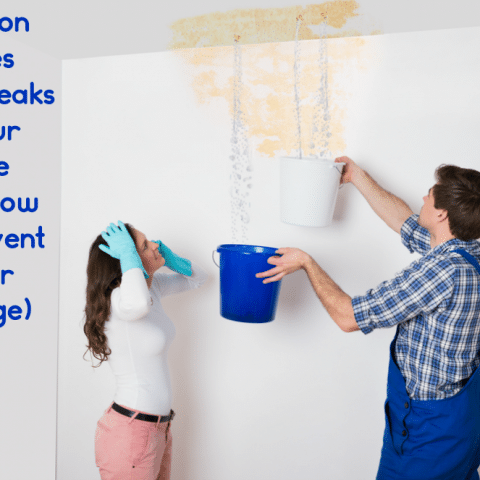Guide To Water Leak Detection At Home
Guide To Water Leak Detection At Home
Blog Article
This article which follows about Leaking water lines is truly motivating. Have a go and make your own personal assumptions.

Early detection of dripping water lines can alleviate a possible catastrophe. Some small water leakages might not be visible.
1. Examine the Water Meter
Every residence has a water meter. Checking it is a surefire manner in which helps you discover leakages. For starters, turn off all the water sources. Guarantee nobody will flush, make use of the tap, shower, run the washing machine or dishwasher. From there, most likely to the meter and watch if it will transform. Since nobody is utilizing it, there ought to be no motions. If it moves, that indicates a fast-moving leakage. If you detect no adjustments, wait an hour or 2 and check back again. This indicates you may have a slow leakage that might also be underground.
2. Check Water Intake
Analyze your water costs as well as track your water intake. As the one paying it, you need to discover if there are any type of inconsistencies. If you spot sudden changes, despite your consumption being the same, it suggests that you have leakages in your plumbing system. Keep in mind, your water bill should fall under the very same variety on a monthly basis. An abrupt spike in your bill suggests a fast-moving leak.
At the same time, a consistent rise each month, even with the same behaviors, reveals you have a slow leak that's likewise gradually rising. Call a plumber to extensively inspect your residential property, particularly if you feel a cozy location on your floor with piping beneath.
3. Do a Food Coloring Test
30% comes from toilets when it comes to water intake. Test to see if they are running correctly. Decrease specks of food shade in the storage tank as well as wait 10 mins. If the shade somehow infiltrates your dish throughout that time without flushing, there's a leak between the container and also bowl.
4. Asses Outside Lines
Don't neglect to check your exterior water lines as well. Ought to water leak out of the link, you have a loose rubber gasket. One little leakage can lose loads of water as well as surge your water expense.
5. Evaluate the scenario and evaluate
Home owners ought to make it a practice to examine under the sink counters and also also inside cabinets for any type of bad odor or mold growth. These two warnings indicate a leakage so punctual focus is required. Doing regular evaluations, even bi-annually, can save you from a major trouble.
Inspect for stainings and also damaging as most devices and pipes have a life span. If you suspect leaking water lines in your plumbing system, don't wait for it to intensify.
Early detection of dripping water lines can alleviate a prospective calamity. Some tiny water leaks might not be noticeable. Checking it is a surefire means that helps you discover leaks. One little leakage can throw away bunches of water as well as surge your water expense.
If you believe dripping water lines in your plumbing system, do not wait for it to escalate.
WARNING SIGNS OF WATER LEAKAGE BEHIND THE WALL
PERSISTENT MUSTY ODORS
As water slowly drips from a leaky pipe inside the wall, flooring and sheetrock stay damp and develop an odor similar to wet cardboard. It generates a musty smell that can help you find hidden leaks.
MOLD IN UNUSUAL AREAS
Mold usually grows in wet areas like kitchens, baths and laundry rooms. If you spot the stuff on walls or baseboards in other rooms of the house, it’s a good indicator of undetected water leaks.
STAINS THAT GROW
When mold thrives around a leaky pipe, it sometimes takes hold on the inside surface of the affected wall. A growing stain on otherwise clean sheetrock is often your sign of a hidden plumbing problem.
PEELING OR BUBBLING WALLPAPER / PAINT
This clue is easy to miss in rooms that don’t get much use. When you see wallpaper separating along seams or paint bubbling or flaking off the wall, blame sheetrock that stays wet because of an undetected leak.
BUCKLED CEILINGS AND STAINED FLOORS
If ceilings or floors in bathrooms, kitchens or laundry areas develop structural problems, don’t rule out constant damp inside the walls. Wet sheetrock can affect adjacent framing, flooring and ceilings.
https://www.servicemasterbyzaba.com/blog/how-to-detect-water-leakage-in-walls/

As a keen reader about Finding hidden leaks, I imagined sharing that post was really useful. Sharing is good. Helping others is fun. We treasure reading our article about Leaking water lines.
Report this page